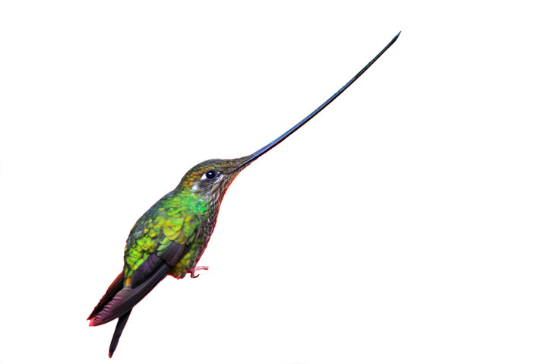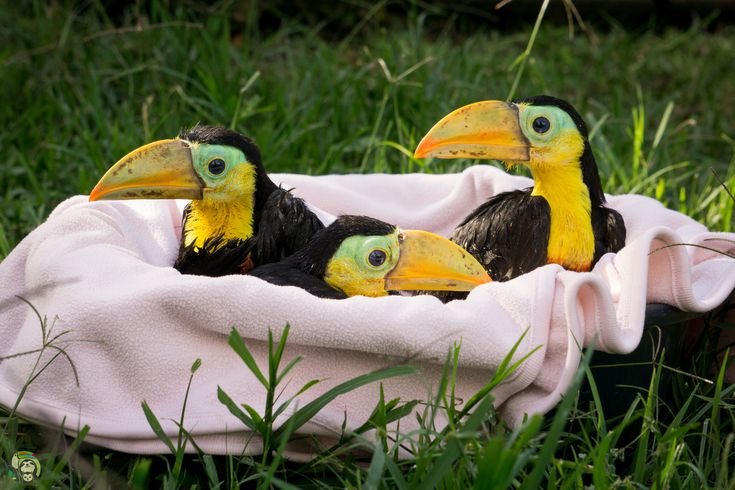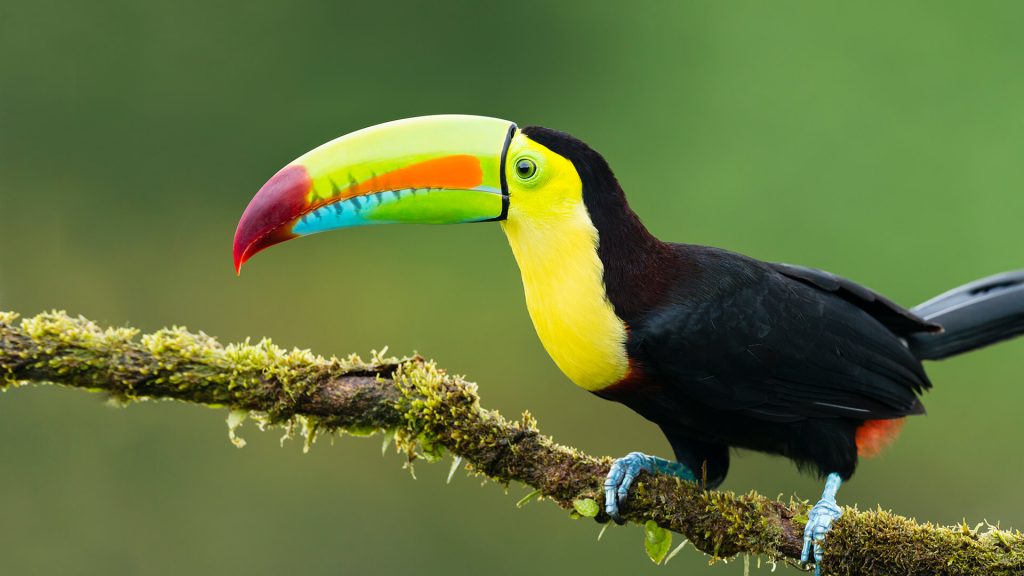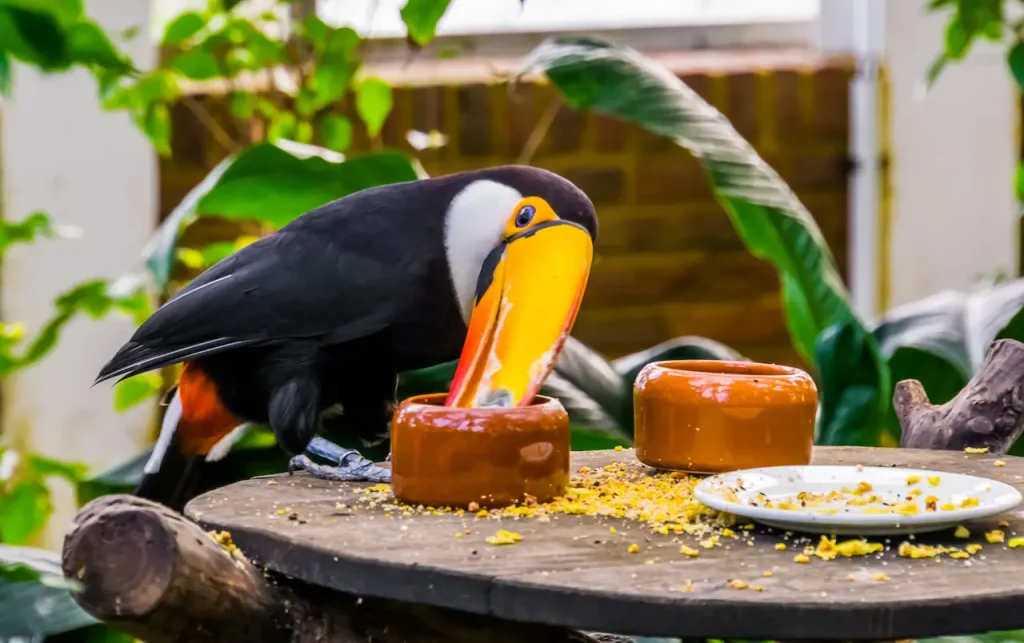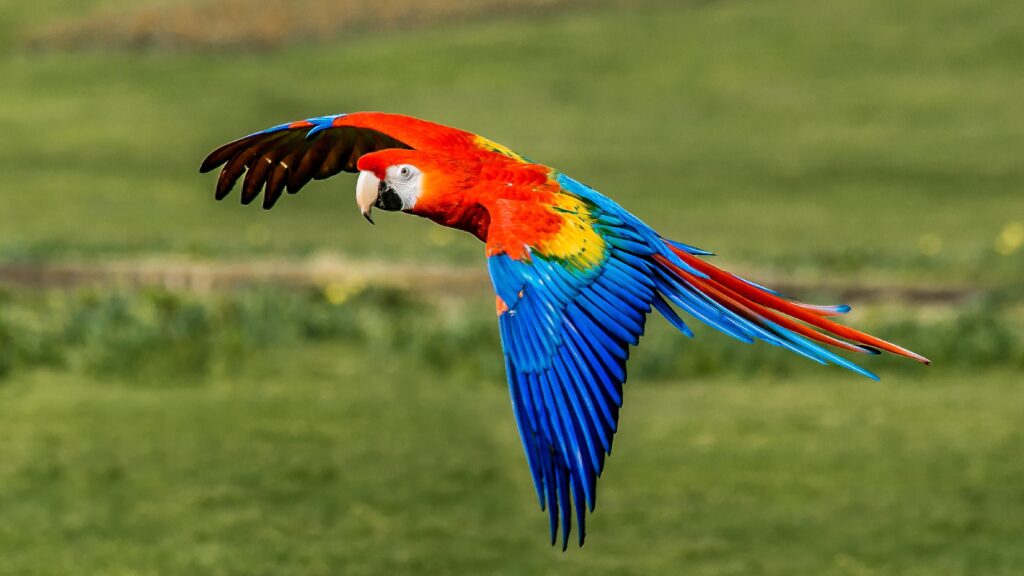Birds with long, dagger-like bills, on the other hand, utilize them to probe for and impale their prey, whether it’s fish, small reptiles, or amphibians.
Other birds with long bills use them to get into flowers and collect nectar. Long-billed perching birds may use them as extension rods to grasp fruit or bugs.
The following are the Top 9 birds (or bird species) with the world’s longest beaks.
#9. Storks Bird
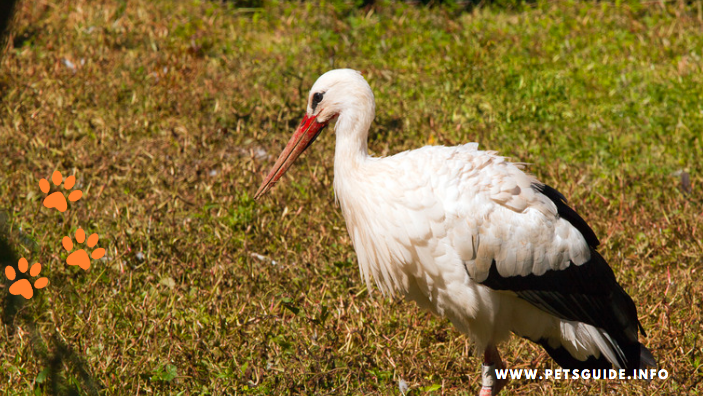
Because these birds evolved to walk in water and spear their prey, they have not just some of the world’s biggest beaks, but also some of the world’s longest legs.
Storks are members of the Ciconiidae family, which includes six genera and 19 species. Their bills are not only long, but they are also fairly tough and sensitive.
This enables them to stick their beaks into murky water and feel for prey. Among the storks are:
The marabou stork, with its bald, pink head, huge beak, and dangling gular sac, is one of the ugliest birds on the planet.
It was originally sought for its extraordinarily soft down. It’s also the largest stork, with a 12-foot wingspan and a height of 5 feet. It is found in Africa.
Wood stork: Slightly less obnoxious than the marabou, this stork has a bald head and grayish – brown skin.
The baldness isn’t to make it easier to dive into a carcass or trash pile like the marabou stork but to make it simpler to dive into the murky water in search of prey like amphibians, insects, crustaceans, and fish.
The wood stork: can be found in the southwest United States as well as South America.
The long bill of the white stork is red, but the remainder of the bird is white with black wing feathers, making it a far more appealing bird.
The white stork: which is approximately 45 inches tall, feeds on amphibians and other small aquatic life in streams and marshes. It can be found across Europe, Africa, India and Pakistan to the east.
#8. Eurasian Spoonbill
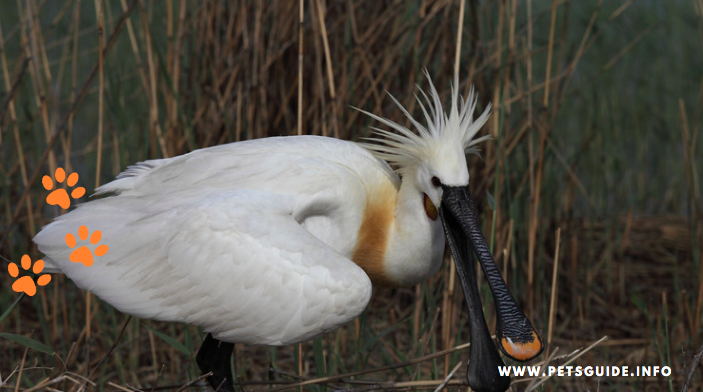
The Eurasian spoonbill’s large, wide beak allows it to catch little aquatic creatures as it flies through the water.
With its large bill and long legs, this bird seems like a stork, but it isn’t. This bird, which stands approximately 35 inches long and may be found in northern Africa, southern Europe, and eastern Asia, derives its name from the wide and flat end of its bill.
This large beak is the perfect trap for little aquatic life when swept over lagoons and marshes and kept slightly ajar.
#7. Pied Avocet

The pied avocet is a wading bird that lives throughout Europe, Central Asia, and Russia.
It has a beautiful black and white plumage, and its bill is not just long but also thin and has an upward curvature.
Its webbed feet, which are rare for a member of the stilt family, are another distinguishing feature. It hunts for food in salt or brackish water by swishing its beak through the water.
Avocets can also swim out into bodies of water, flip upside down, and hunt like ducks. The beak of the pied avocet is slender and curved downwards.
#6. Eurasian Curlew
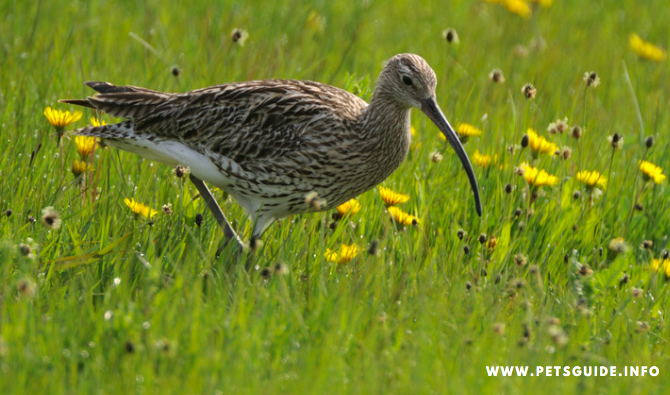
Unlike the pied avocet, the Eurasian curlew’s long beak slopes slightly downward. The grasslands and peat bogs of Africa, Europe, Russia, and southern Asia are home to this bird with its fairly drab appearance. It makes up for its unimpressive appearances with its wonderful song and territorial battles.
Curlews flock to beaches and estuaries in the winter, poking about in the mud and sand for microscopic crustaceans and worms with their beaks.
Unfortunately, the common curlew’s conservation status is in jeopardy. The beak of the Eurasian curlew is slightly curved downward, enabling it easier to poke through dirt and sand.
#5. Hoopoe Bird
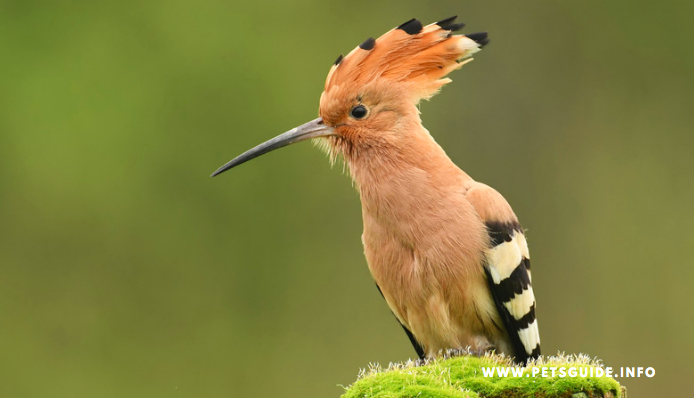
This European, African, and Asian bird is known for its stunning crest as well as its long, very pointed, narrow beak.
The colours arrange themselves in-artistically attractive patterns, including what can only be described as zebra stripes, despite the earth tones of cinnamon browns, dark browns, blacks, and creams.
This is particularly apparent when the bird flies and the black and white bands on its wings and tail are visible. The extended bill is used to look for small lizards and insects on the ground. Hoopoes use their beaks to search for lizards and insects.
#4. Scythebill Bird

The bill of this bird, which is large, red, and shaped like a scythe, catches attention despite its otherwise regular rufous-brown feathers.
The bird is a species of woodcreeper that lives in the forests of South America, climbing up tree trunks and probing beneath the bark for insects and other minute arthropods with its beak.
The beak’s length and curve enable deep probing and a long reach. The large beak of the red-billed scythe is used to search for insects.
#3. Toco Toucan Bird

The bill of the Toco toucan is not only unusually long, but also quite large. It is the body section, which is sunset-coloured with a black tip, that has made an otherwise uninteresting bird renowned.
The beak of this toucan appears to be far too hefty for it to bear, but it is light, hollow, and serrated. Even though the sword-billed hummingbird beak is longer, it has the biggest beak to body surface area of all the species.
For centuries, biologists have questioned why the toucan possesses this bill. Some say it’s to frighten opponents or attract the opposite sex.
The bill has been discovered to keep the bird cool and is always handy for catching fruit or prey that would otherwise be difficult to reach. A toucan’s beak aids in keeping the bird cool.
#2. Common Snipe
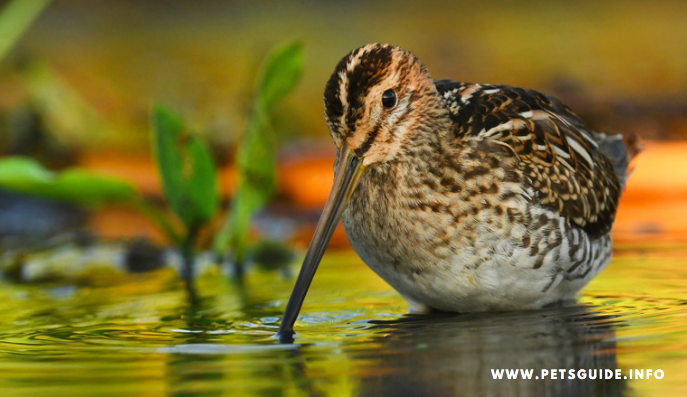
This chubby, tiny bird is a wading bird that can be found all over Europe and Asia. It also snows in the warmer European countries and Africa during the winter.
The snipe has the largest beak of any shorebird, thanks to its brown and yellowish plumage and short tail.
Furthermore, the snipe’s bill tip is flexible, allowing it to explore the mud for worms and other small creatures.
The bird also has the advantage of having its eyes near the top of its head, allowing it to search for danger while eating.
The male is known for his stunning courtship performance of circling and diving. The beak of the snipe is the longest of any shorebird.
#1. Pelicans Bird

Pelicans are aquatic birds with long beaks, similar to storks, but their beaks have an expanding pouch. This allows them to scoop up fish and then drain the excess water out of the pouch before swallowing it.
Except for the landlocked territories of South America, pelicans can be found in milder climates all over the world. Before eating their food, pelicans use their expanded pouch to filter out any excess water.
Pelicans come in a variety of shapes and sizes:
Pelican of Australia:
This bird can be found in Australia, New Guinea, and other Oceanian countries. It can grow to be six feet long with an 8.5-foot wingspan.
The bird’s colouration is predominantly white, with black on the primary wing feathers and a large pink bill.
The beaks of Australian pelicans are among the longest of any living bird. A huge male’s beak can grow to reach 18 inches long.
Pelican, great white:
This large, white-feathered bird breeds in Russia and can be found in patches from the Mediterranean to South Africa and Asia.
Its feathers might turn a pink colour during the breeding season. It has a bill that can reach about 16 inches in length. Large groups of great white pelicans can be observed soaring in astonishingly exact formations.
White pelican of the United States:
This enormous, fat bird can grow to be close to six feet long, with a beak that can reach 15.2 inches in length.
Males are slightly larger than females, but other than that, it’s tough to distinguish between them. It’s the only pelican with a horn on its bill, although it only grows one during the breeding season and then sheds it.
The American white pelican can be found in portions of Canada, the United States, and even Mexico and Central America.
FAQ’s


